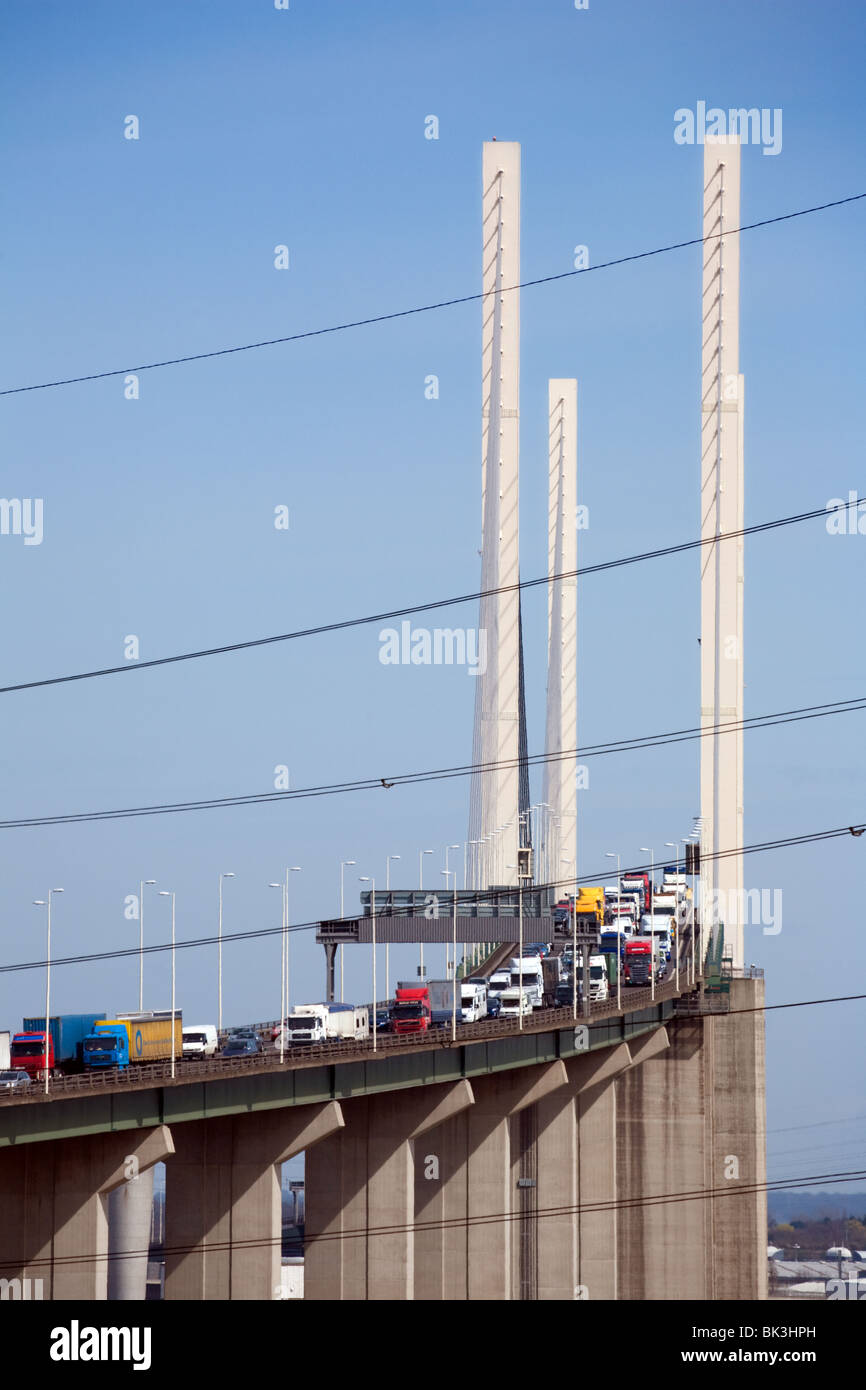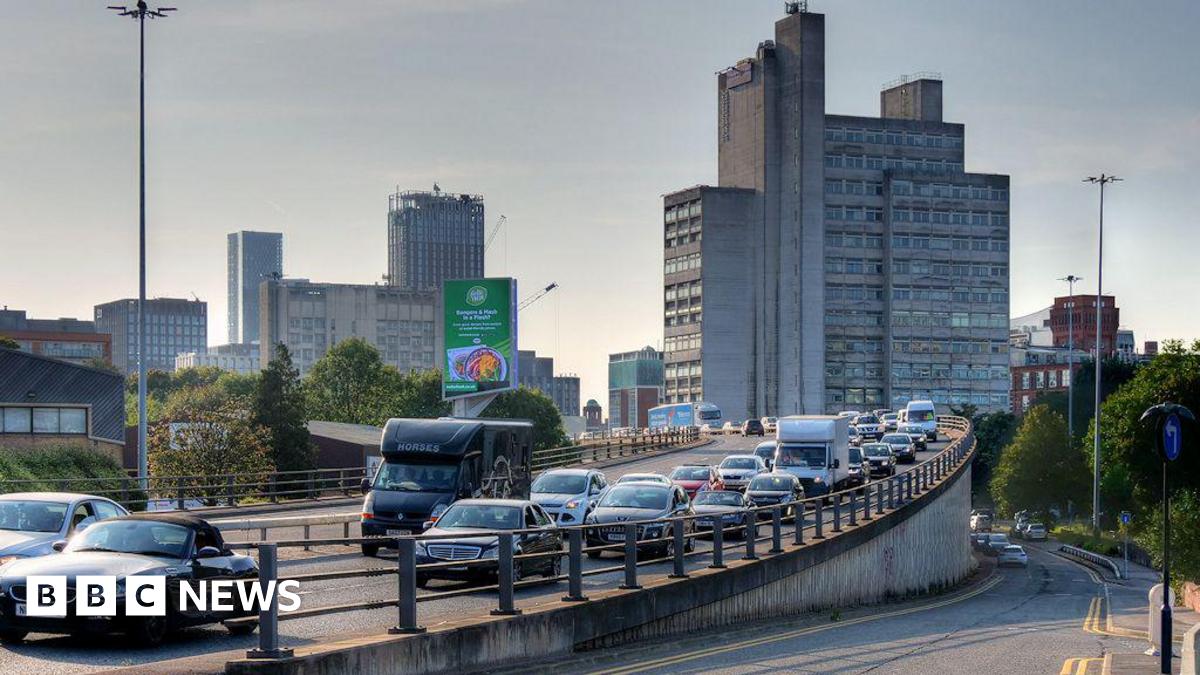Understanding the Dartford Crossing: Importance and Recent Developments

Introduction to the Dartford Crossing
The Dartford Crossing is an essential part of the UK’s transport infrastructure, connecting Kent and Essex across the River Thames. This pivotal route serves thousands of vehicles daily and is notably one of the busiest sections of road in Europe. Understanding its significance is crucial for road users, government planners, and those interested in the ongoing developments affecting travel across this vital link.
Current Challenges and Developments
Recently, the Dartford Crossing has faced several challenges, primarily linked to congestion and infrastructure maintenance. The situation was exacerbated by the COVID-19 pandemic, which disrupted many travel patterns and maintenance schedules. As of October 2023, the government has announced plans to upgrade the electronic tolling system that operates at the crossing to improve traffic flow and reduce delays. This system overhaul is estimated to be implemented by mid-2024.
In addition to technological improvements, plans are being discussed for the expansion of nearby roads to better accommodate the increasing traffic. Recent data indicates that over 50 million vehicles cross the Dartford Crossing annually, and this figure is anticipated to rise in the coming years. Ensuring smooth transit is vital not only for local economies but also for long-distance travel across the UK.
Environmental Considerations
Alongside traffic and infrastructure updates, environmental considerations are becoming increasingly prominent in discussions surrounding the Dartford Crossing. The government has recognised the need for sustainable practices and is evaluating the impact of traffic on air quality in surrounding areas. Initiatives to promote public transport and reduce reliance on cars are being explored, which could lead to significant changes in travel habits in the region.
Conclusion and Future Outlook
The Dartford Crossing remains a critical artery for both local and regional transport. With ongoing developments aimed at improving traffic management and environmental sustainability, the future of this crossing looks to be focused on balancing efficiency with ecological responsibility. Road users should look forward to improvements in travel time and convenience as the government rolls out its plans over the next few years. Understanding these changes is essential for anyone relying on this vital crossing and highlights the importance of continuing investment in the UK’s transport infrastructure.
You may also like

Understanding the Importance of Rayleigh Weir

Understanding the Role of Subway in Urban Transport Systems
